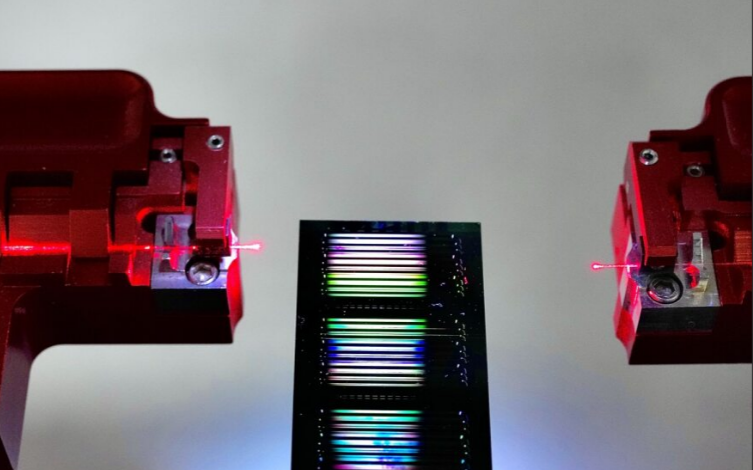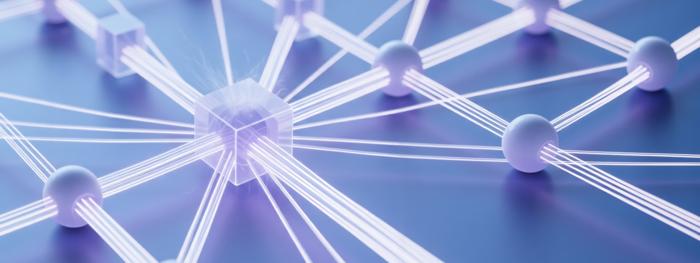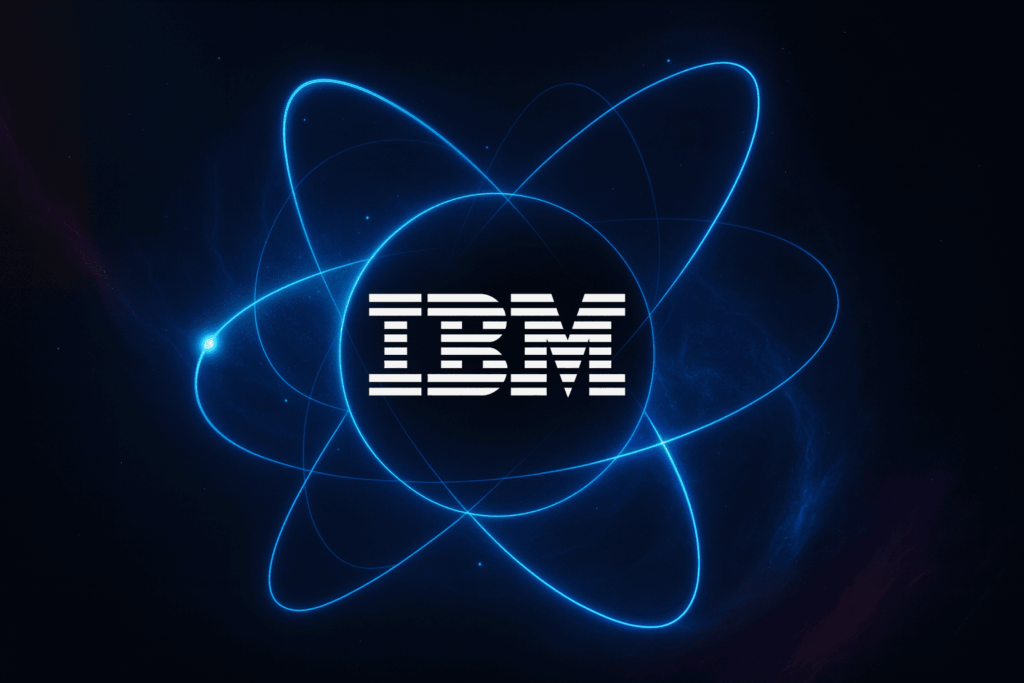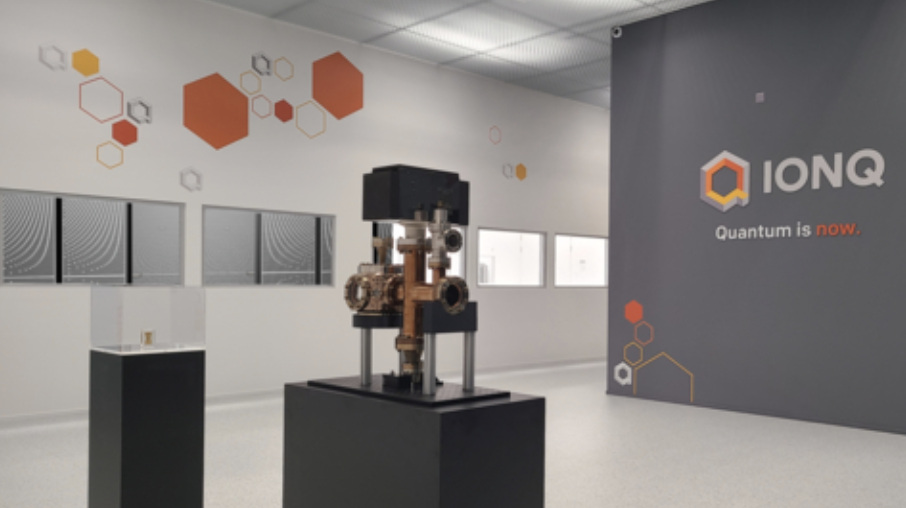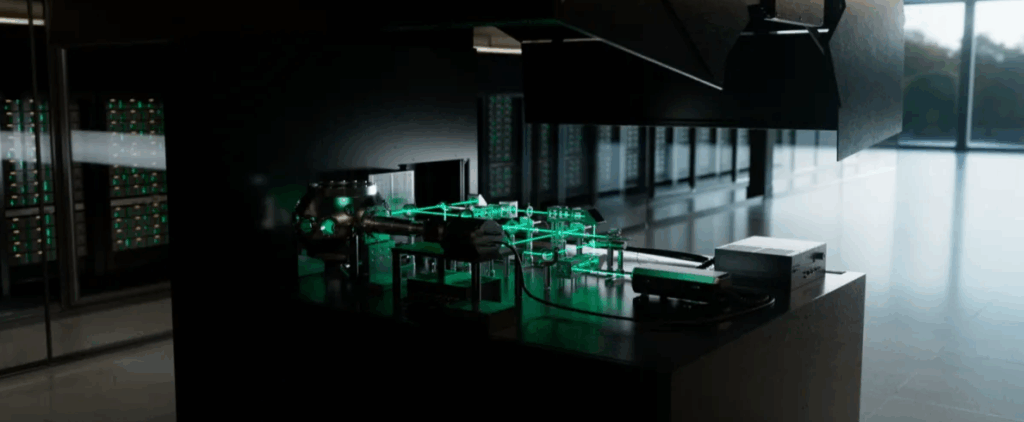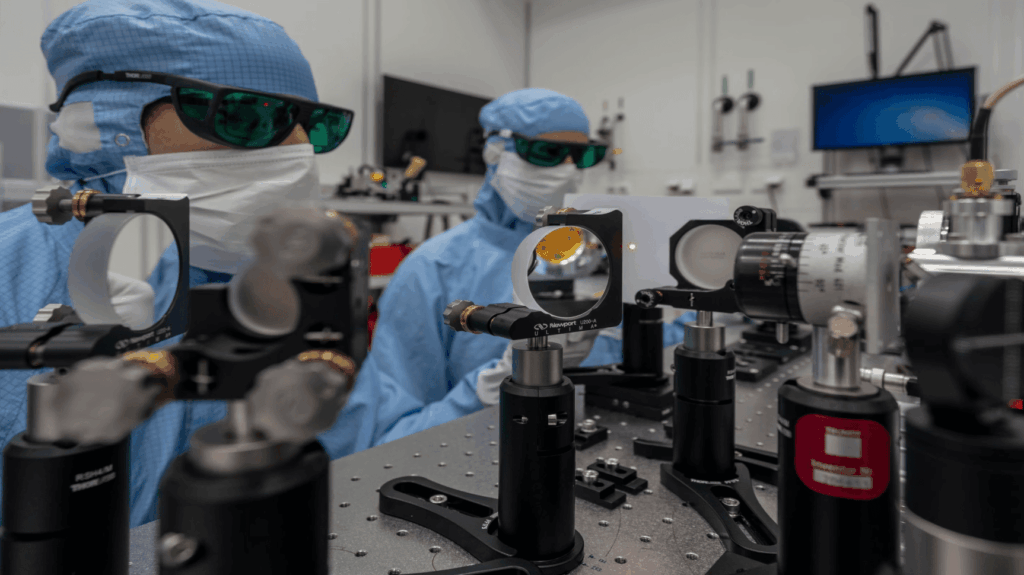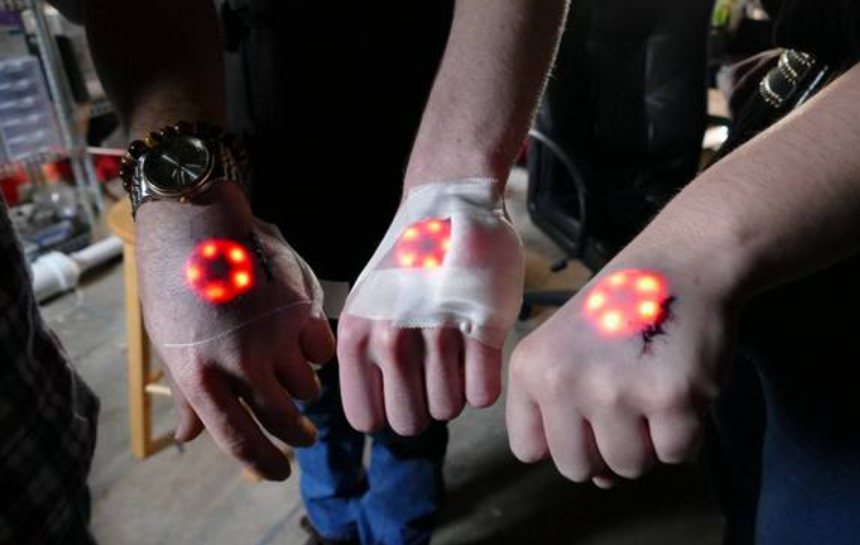
Quantum physics and quantum technology (the applications of quantum physics into technology form) may seem scary or alien, but both are part of our daily lives. From navigation to lightbulbs, quantum physics drives much of the technology we take for granted. You don’t have to be an expert in quantum physics to understand how this technology works. A member of the general public would never suspect these devices to use quantum technology, yet without it, they cease to exist. Many of these devices were developed before our knowledge of quantum physics was matured enough to better understand these devices. Yet, their quantum properties are still being studied today.
LEDs:
LED lights, also known as Light Emitting Diodes, are used in almost every household because they are more energy-efficient and brighter than other lightbulbs. LEDs make our lives brighter and more colorful. From fun designs such as LED wallpaper to clock faces, LEDs have become integrated into our daily lives. LEDs work by using semiconductors, which are materials that conduct electricity in a medium amount, between a good conductor like a copper wire and an insulator, such as glass. These semiconductors are designed with holes in them. When electrons, through electric current, move through the electron holes, they release energy via a photon or a particle of light. The color of this light is determined by the size of the holes within the semiconductor. Only part of the LED utilizes quantum technology. The quantum technology in LEDs works when the electrons release photons of light, their quantum state decreases. This makes LEDs more energy-efficient overall.
LEDs aren’t just used for home lighting but are also used for data communication, such as in listening systems. LEDs are also used to send data through fiber optic cables. LEDs are even being used to detect life. The US Army Research Laboratory (ARL) is experimenting with using LEDs in the UV spectrum to induce fluorescence in different organisms, such as algae. There are even LED tattoos! These tattoos work when LEDs are injected with tattoo ink into the body. These tattoos can then light up. There are several medical companies looking into the medical applications of these tattoos, including detectors for blood sugar, or assisting with other monitoring. The FDA has yet to approve these devices.

The future of LEDs looks interesting, as some companies are developing LEDS that can detect and absorb light. These are called “nanorods;” and use quantum sensors to observe and detect light. Only time will tell how advanced LED technology will become.
LASERs
Like LEDs, LASERs also use properties of quantum physics and also have a jargon-filled abbreviation (Light Amplification by Stimulated Emission of Radiation). According to a Forbes magazine article, lasers work when an atom with a high energy level interacts with a photon of the precise wavelength, which then causes the atom to emit a second photon that is exactly the same as the first photon. Here the quantum state of the atoms decreases as they emit photons. This process continues, producing laser light. While lasers are common in lecture halls or for entertaining cats, there are many other applications for lasers. From military weapons, or gun sights, to microscopes, lasers are everywhere. Whether you are scanning groceries, engraving your pet’s tags for its collar, playing laser tag, or robbing a bank vault with a laser field, all of these involve lasers. Research has even suggested that scientists could potentially use high-powered lasers to induce rain and lightning storms. If possible, this could help with droughts and flooding around the world.
GPS
Where would we be without GPS? One of the biggest devices we take for granted allows us to travel easily and efficiently. GPS also uses quantum technology in the form of atomic clocks. Atomic clocks work through the properties of quantum physics. Using a cesium or rubidium atom, these clocks “tick” due to an oscillation of particular microwaves that drive a transition between two quantum states of these atoms. As such, these atomic clocks are extremely precise. According to Smithsonian Magazine, the atomic clocks at the U.S. National Institute of Standards and Technology (NIST) in Boulder, Colorado only gain or lose a second every 3.7 billion years. GPS works by using the signals from multiple atomic clocks, looking at the different arrival times from different satellites, then taking the data from the atomic clocks and satellites to determine your distance and how far your destination is. For every time you need navigation, GPS uses the speed of light to convert the time given by the atomic clocks into the distance to give you an accurate map.
MRIs:
MRI (standing for Magnetic Resonance Imaging) is a well-known method for imaging the human body used by physicians and other professionals. MRI machines use quantum technology to image soft tissues and other parts of the body which may not show up well in X-rays. The MRI machine works by using hydrogen atoms. Like all atoms, the nucleus of the hydrogen atom has a specific alignment, on a spin. MRI machines flip these spins of hydrogen atoms using carefully arranged magnetic fields. These spin flips are part of the quantum states of the hydrogen atom and can change the interactions of these atoms with each other on a quantum level. Using these flipped spins, doctors can view different concentrations of hydrogen in the body, seeing things that would not show up on an X-ray.
While all of these devices may seem mundane, they wouldn’t work without quantum physics. Seeing how quantum physics and quantum technology show up in our daily routines illustrates their importance. As the quantum technology sector advances, its impact on popular culture will continue to increase. With these advancements, who knows what new devices we will use next in our everyday lives.
References:
Choudhury, Ambika. 2019. “8 Ways You Didn’t Know Quantum Technology Is Used in Everyday Lives.” Analytics India Magazine. July 10, 2019.
Jenner, Nicola. 2014. “Five Practical Uses for ‘Spooky’ Quantum Mechanics.” Smithsonian. Smithsonian.com. December 2014.
“LED Tattoo.” 2021. Wikipedia. May 17, 2021.
“Light-Emitting Diode.” 2021. Wikipedia. July 10, 2021.
Lin.Judy. “Biohackers Illuminate Tattoos with LED Implants.” Www.ledinside.com. November 10, 2015.
Orzel, Chad. “Three Ways Quantum Physics Affects Your Daily Life.” Forbes. December 4, 2018.
Orzel, Chad. “What Has Quantum Mechanics Ever Done for Us?” Forbes. August 13, 2015.
Wikipedia Contributors. 2019. “List of Laser Applications.” Wikipedia. Wikimedia Foundation. September 27, 2019.
Wikipedia Contributors. 2019. “Magnetic Resonance Imaging.” Wikipedia. Wikimedia Foundation. March 15, 2019.
For more market insights, check out our latest quantum computing news here.











